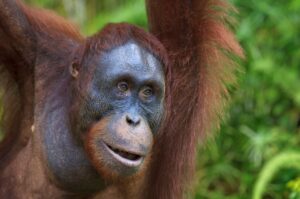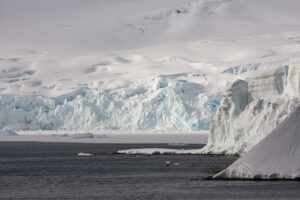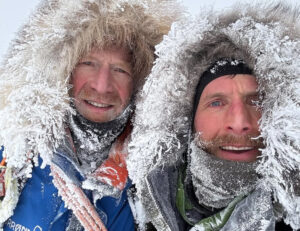A passion for the natural world drives many of our adventures. And when we’re not actually outside, we love delving into the discoveries about the places where we live and travel. Here are some of the best natural history links we’ve found this week.
Dog DNA reveals ancient trade network connecting Arctic to outside world: Ancient arctic communities traded with the outside world 7,000 years ago. DNA analysis shows that Siberian dogs interbred with dogs from Europe and the Near East. Dogs have been central to life in the Arctic for thousands of years. Inuit and their predecessors used them to hunt, travel, and for clothing and food. The DNA analysis reveals that the trade networks of ancient populations may have extended down to the Mediterranean and Caspian Seas.
AstraZeneca Covid vaccine arrives in Antarctica: Nine months after it became available, the AstraZeneca COVID vaccine has made it to Antarctica. A series of increasingly small airplanes flew the vaccine 16,000km to immunize 23 staff members at the British Rothera station. For the entire journey, refrigeration kept the doses from 2˚C to 8˚C. Antarctica has stayed COVID-free, other than a few cases at the Chilean base.
Unmasking the gorilla’s social distance habits
Gorillas also social distance: Mountain gorillas in Rwanda social distance from neighboring primate groups. Respiratory infections can be fatal for gorillas. Researchers have studied outbreaks among the primates for 16 years to decipher how these diseases spread. Though the disease runs quickly between individuals in a group, it rarely impacts other populations of gorillas. They found that when gorillas from different groups came into contact, they kept a distance of one to two metres.

A silverback mountain gorilla. Photo: Shutterstock
Mass extinction 30 million years ago in Africa and Arabia: Scientists can now pinpoint when different mammalian species first appeared in Africa. The analysis of hundreds of fossils has created a family tree. Many fossil species disappeared around the Eocene-Oligocene boundary and then reappeared later in the Oligocene. Scientists think that a huge extinction event occurred around 30 million years ago, followed by a recovery period.
Finally, a malaria vaccine
World’s first malaria vaccine given go-ahead: Malaria is the largest cause of childhood death in sub-Saharan Africa. Every year, it kills over 260,000 kids under the age of five. The world health organization now recommends a vaccine for malaria in Africa. “This is a historic moment….a breakthrough for science, child health, and malaria control,” said WHO Director-General Dr. Tedros Adhanom Ghebreyesus. “Using this vaccine…could save tens of thousands of young lives each year.”

Modern sloths are happy to be vegetarians, but it wasn’t always so. Photo: Shutterstock
Giant ground sloths may have been meat-eating scavengers: Modern sloths are vegetarians, but their ice-age ancestors were opportunistic scavengers. Darwin’s ground sloths could grow to three metres long and weigh up to 2,000kg. Nitrogen isotopes in fossil hair samples showed that the ancient animals were omnivores, not herbivores as previously thought.
Why do pilot whales chase killer whales? Killer whales are the top predator in most places where they occur, but when pilot whales approach them, the orcas fall silent. This has surprised scientists. Killer whales in southern Iceland actively avoid pilot whales, and the pilot whales have been observed chasing the predator at high speeds. We aren’t sure yet why this happens. The two species do not eat the same prey, and killer whales aren’t known to eat smaller pilot whales.






